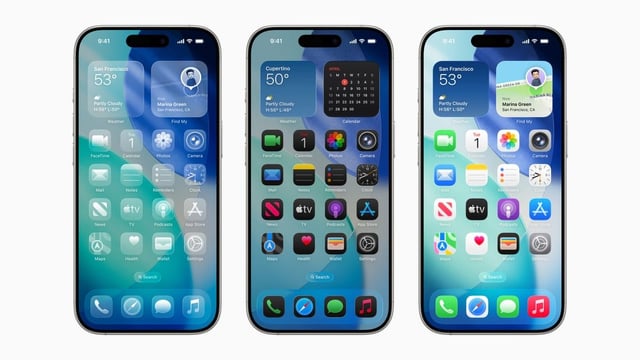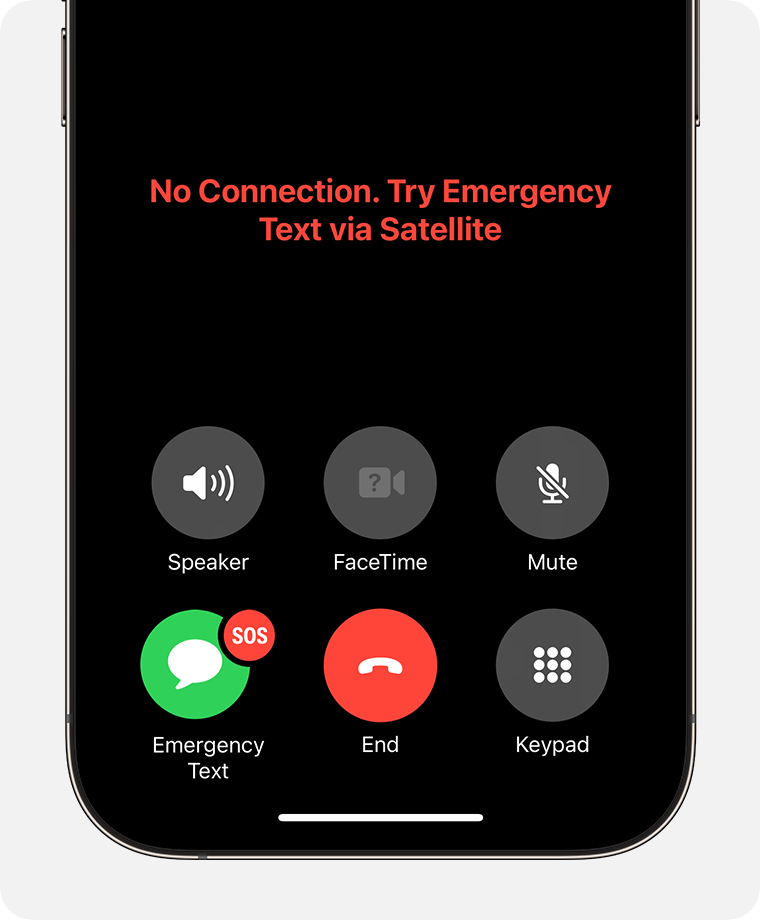iOS 26 is hiding a new feature that could change the way we check the weather. Apple has been quietly developing a satellite-powered weather update feature for iPhones, and evidence of this was discovered in the iOS 26 developer beta. 
This feature allows iPhones to download weather forecasts directly via satellite, even when there is no cellular or Wi-Fi connection available.
Although Apple did not mention this feature during their WWDC 2025 keynote on June 9, the functionality is embedded in the code for iOS 26. It’s designed specifically for users in remote locations where traditional connectivity is out of reach. This means that if you’re out hiking, camping, or climbing in the wilderness, you can still get accurate weather updates by simply pointing your iPhone at the sky to connect to a satellite.
Once connected, your iPhone will retrieve the latest weather data and relevant alerts for your area. This is a huge benefit for people in places where cellular towers have been damaged by natural disasters
. While the satellite weather feature seems similar to Apple’s Emergency SOS function, its focus is on providing essential weather information rather than emergency assistance.
Apple first introduced satellite connectivity with the iPhone 14 in 2022, initially for Emergency SOS. Over time, the company has expanded its satellite capabilities to include satellite-based iMessage and location sharing. However, it’s unclear whether the new weather feature will be included for free or require a subscription, similar to Emergency SOS, which was free for iPhone 14 users for two years before it became a paid service.
The coverage for satellite services remains limited to certain countries, including the U.S., Canada, and parts of Europe. It’s also unknown which iPhone models will support the satellite weather feature, or if it will be available worldwide. iOS 26 is expected to launch this fall, with a public beta available in July.
While Apple is leading the charge with satellite features, rivals like Samsung are yet to offer something similar. However, it’s only a matter of time before competitors follow suit, just as they did with satellite messaging, once Apple sets the precedent.
2 comments
It’s like the Apple Watch, just constantly adding useful features… kinda love it
Wait, do I need to pay for this? I thought the satellite stuff was free at first 🤔